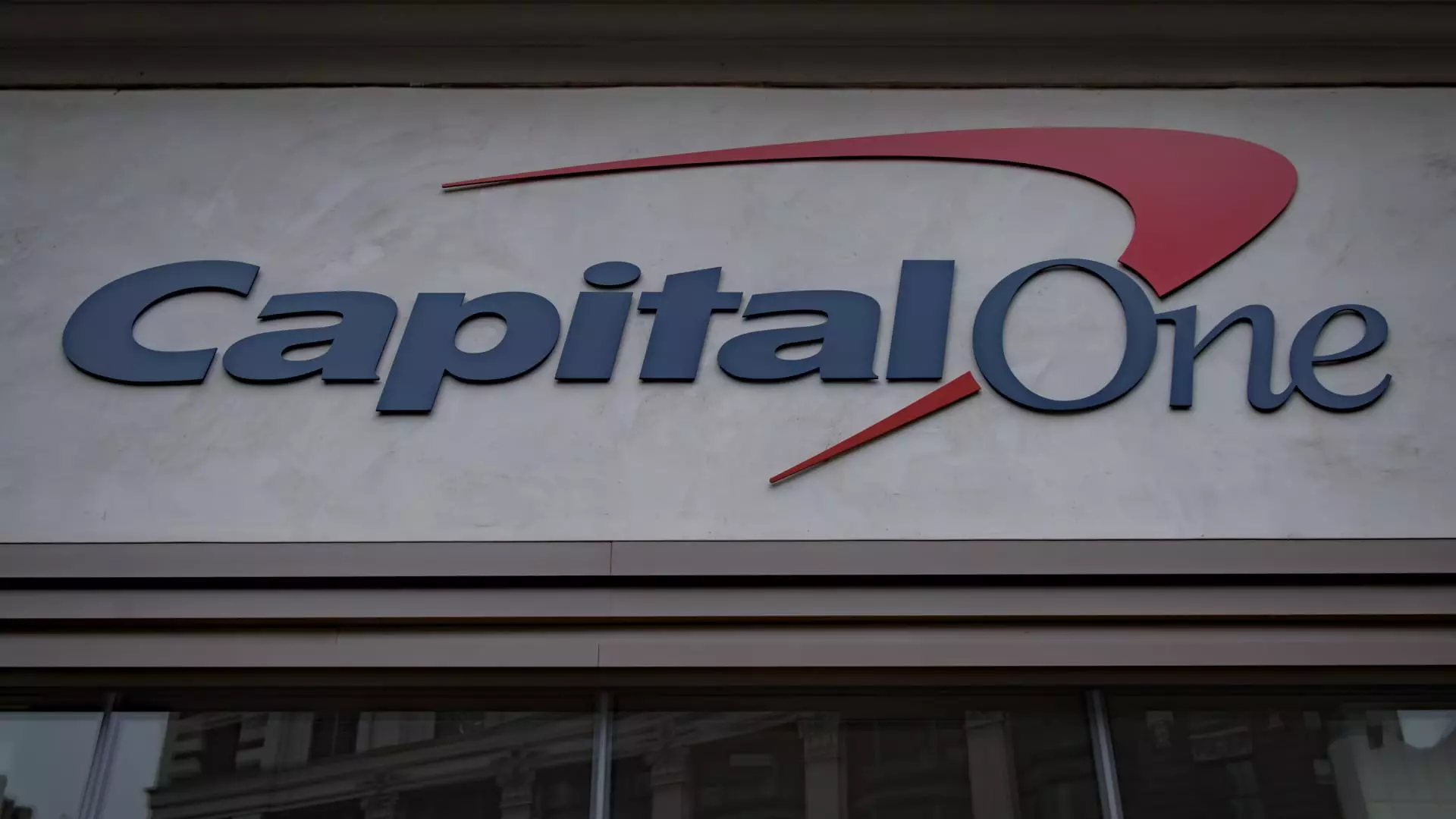The recent green light for Capital One Financial’s audacious $35.3 billion acquisition of Discover Financial Services marks a pivotal moment in the U.S. banking landscape. It isn’t every day that such a monumental merger is approved by leading regulators like the Federal Reserve and the Office of the Comptroller of the Currency. The implications of this deal are profound, and while it promises expansion and enhanced services, it brings a slew of challenges that could unravel its ambitions.
At its core, this merger symbolizes a shift in the competitive dynamics of the banking sector. Capital One, a titan in the realm of credit cards and loans, aims to not only fortify its market position but also broaden its customer base. However, the approval comes with stringent conditions, particularly surrounding the historical transgressions of Discover, which, after being slapped with a $100 million fine for overcharging interchange fees, remains under the watchful eye of regulators.
Growth vs. Governance: The Tightrope Walk
The merger reflects a fascinating paradox: the necessity of growth in a hyper-competitive market versus the pressing demands of regulatory governance. Capital One’s strategy to acquire Discover taps into the urgent need for financial institutions to scale up in order to offset rising operating costs and stagnant growth. However, throwing Discover’s past misconduct into the mix complicates matters.
This situation raises an essential question: can Capital One ensure effective governance and oversight over its new acquisition? With the Federal Reserve mandating that corrective actions must be taken to rectify Discover’s past errors, the path forward is precarious. There is an inherent risk in merging entities with troubled histories; customers may face additional hurdles while transitioning to a new combined entity, further exposing them to regulatory pitfalls.
The Market Reaction: A Double-Edged Sword
The market has responded to the news of the acquisition, reflecting optimism about Capital One’s future prospects. However, investor confidence rarely takes the regulatory landscape into account. While Discover shareholders are reportedly set to receive a significant premium in the form of Capital One shares, the long-term effects of these corrective measures loom large. The potential backlash from customers disenchanted by Discover’s past, combined with skeptic attitudes toward the merger’s execution, poses a serious risk to Capital One’s long-term brand and market position.
Moreover, following the merger’s completion, the division of shares, with Capital One owning 60% and Discover 40%, stirs debates about control and influence within the newly formed entity. Will this dynamic foster a culture of collaboration, or will it breed resentment and operational inefficiencies?
A Cautious Outlook for Consumers
For consumers, the merger presents a mixed bag. On one hand, they might benefit from an enhanced range of financial products, but this will come at a time of significant transitional stress. With the lingering presence of regulatory actions against Discover complicating matters, customers may find themselves grappling with a level of uncertainty not previously experienced.
Furthermore, the repercussions of the merger extend beyond immediate consumer benefits; they could shape the future regulatory landscape, influencing how financial institutions behave and are held accountable. The hope is that this acquisition, while fraught with complexities, could ultimately spur deeper industry reforms that enhance consumer protection.
As the anticipated closing date approaches, the financial community watches closely, weighing the potential benefits against the pitfalls of increased consolidation in a sector often marred by misconduct. Capital One has made its move, but whether it will be a stroke of genius or folly remains to be seen.

